Weimar’s new Bauhaus Museum set to open in April 2019

To mark the 100 years since the birth of the Bauhaus art, design and architecture movement, Germany is restoring and renovating its existing Bauhaus buildings and opening two new museums dedicated to the school and its revolutionary output. The first is due to be inaugurated on April 6th 2019 and located in Weimar in eastern Germany.
Designed by Berlin-based architect Heike Hanada, it will be the first dedicated space for showcasing the collection of objects and projects created and made in the city between 1919 and 1926 (after that the school was forced to relocate to Dessau due to political and financial pressures).
The museum is conceived as a monolithic cube sitting atop a concrete base with an exterior defined by horizontal ‘floating’ panels of opaque glass and an asymmetrical grid of fine black lines that create a regular rhythm. At night, 24 white LED lines light up and accentuate the building’s geometry.
The interplay between horizontal and vertical lines continues inside the raw concrete-lined interiors that are less classical art museum and more industrial workshop spaces in which the visitors are supposed to be active participants, explains Hanada. A series of double-height voids punctuate the building offering unexpected perspectives, framed views and surprising visual connections inside and out, while the museum’s dramatic cascading staircase is echoed in the concrete beam ceiling above.

The structure is composed of a monolithic cube sat atop a concrete base. Image: bloomimages GmbH, courtesy Klassik Stiftung Weimar
The new Bauhaus museum sits on the edge of a slope in the city’s Weimarhallenpark and can be accessed from two points, a terrace that spills out onto the park at basement level and an entrance six metres higher up at street level on the other side. Not only does it connect the city with the park but its location is particularly significant because it stands between the public green space created during the Weimar Republic and the monumental Gauforum complex built by the Nazis in the late 1930s and early 1940s as a symbol of their power.
‘The decision by the city to locate the museum between these two historical manifestations is an outstanding one,' believes Hanada, who says the new museum is designed to stand its ground against its politically charged neighbour. ‘By placing the museum here we aren’t only highlighting the founding of the Bauhaus but also the forces that expelled it from the city. In this sense the Bauhaus was not only a gathering of brilliant modern artists and architects but also an intellectual position that is still very relevant today.'

The museum will open next year as part of the country's celebrations around the 100-year anniversary of the birth of the Bauhaus movement. Photography: Thomas Mueller / Weimar GmbH
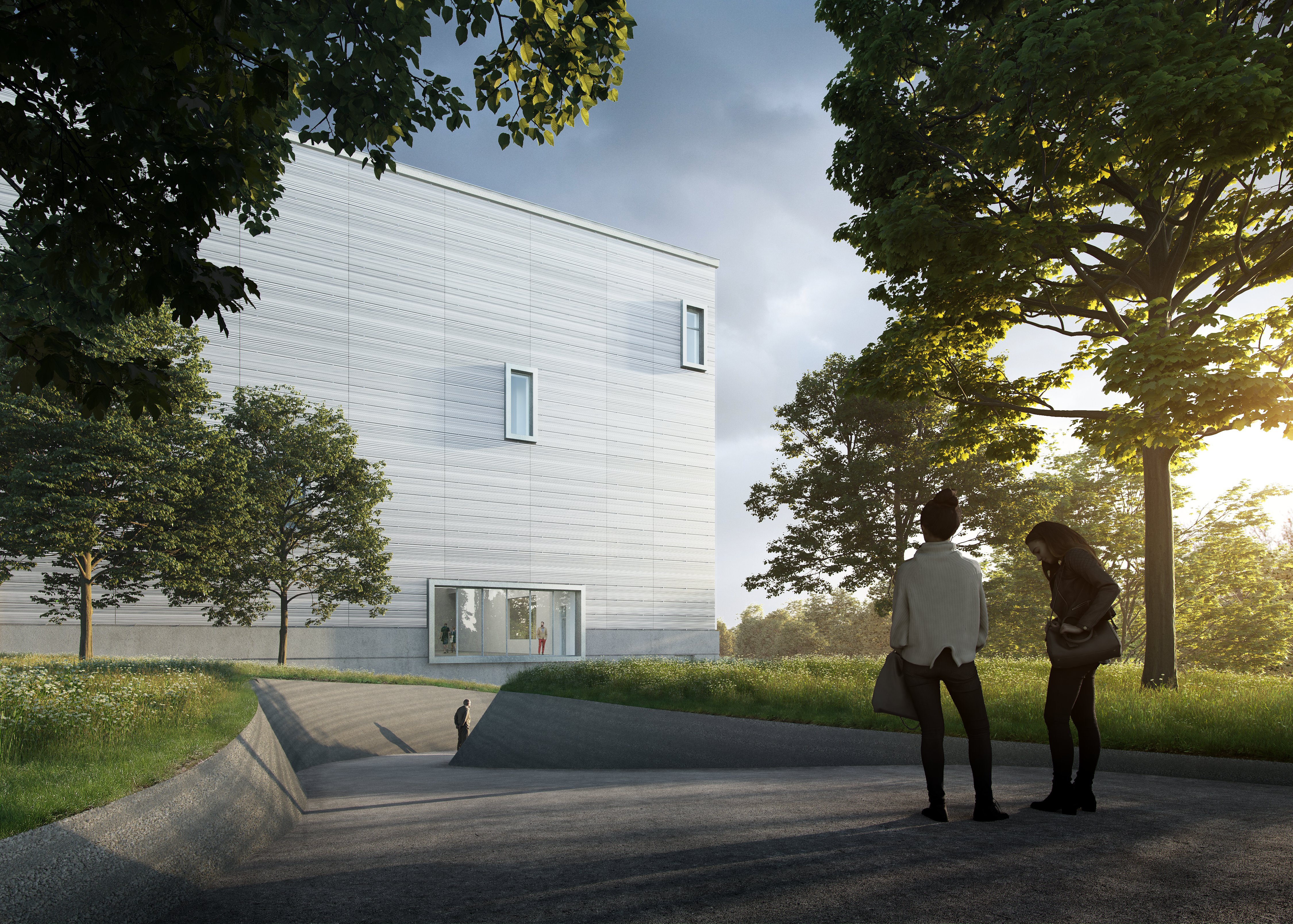
Weimar was the first home of Bauhaus, between 1919 and 1926. Image: bloomimages GmbH, courtesy Klassik Stiftung Weimar
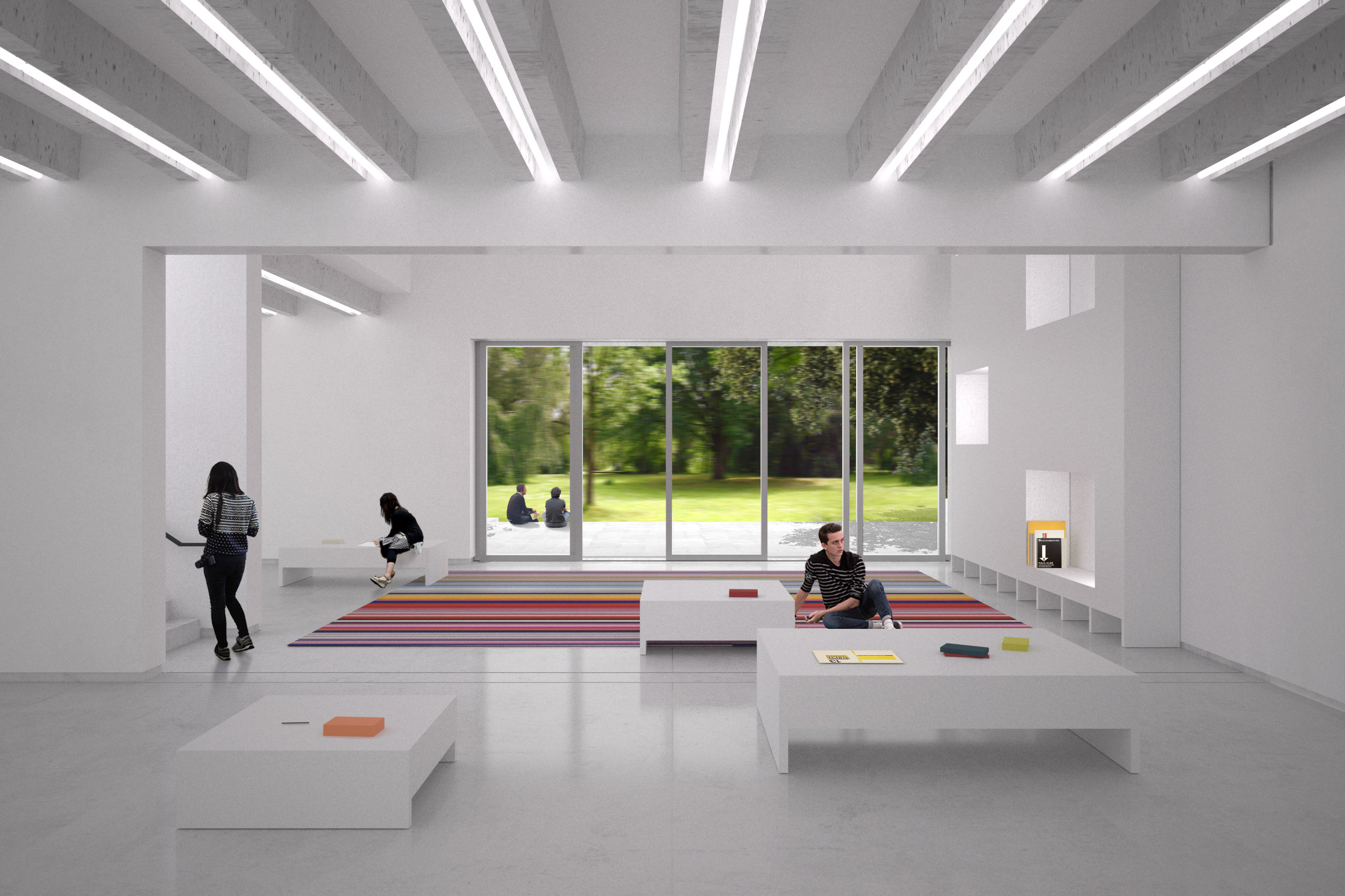
The exhibits will span art, design and architecture. Image: heikehanada_laboratory of art and architecture, courtesy Klassik Stiftung Weimar
INFORMATION
For more information visit the website of Heike Hanada and the website of Benedict Tonon
Receive our daily digest of inspiration, escapism and design stories from around the world direct to your inbox.
Giovanna Dunmall is a freelance journalist based in London and West Wales who writes about architecture, culture, travel and design for international publications including The National, Wallpaper*, Azure, Detail, Damn, Conde Nast Traveller, AD India, Interior Design, Design Anthology and others. She also does editing, translation and copy writing work for architecture practices, design brands and cultural organisations.
-
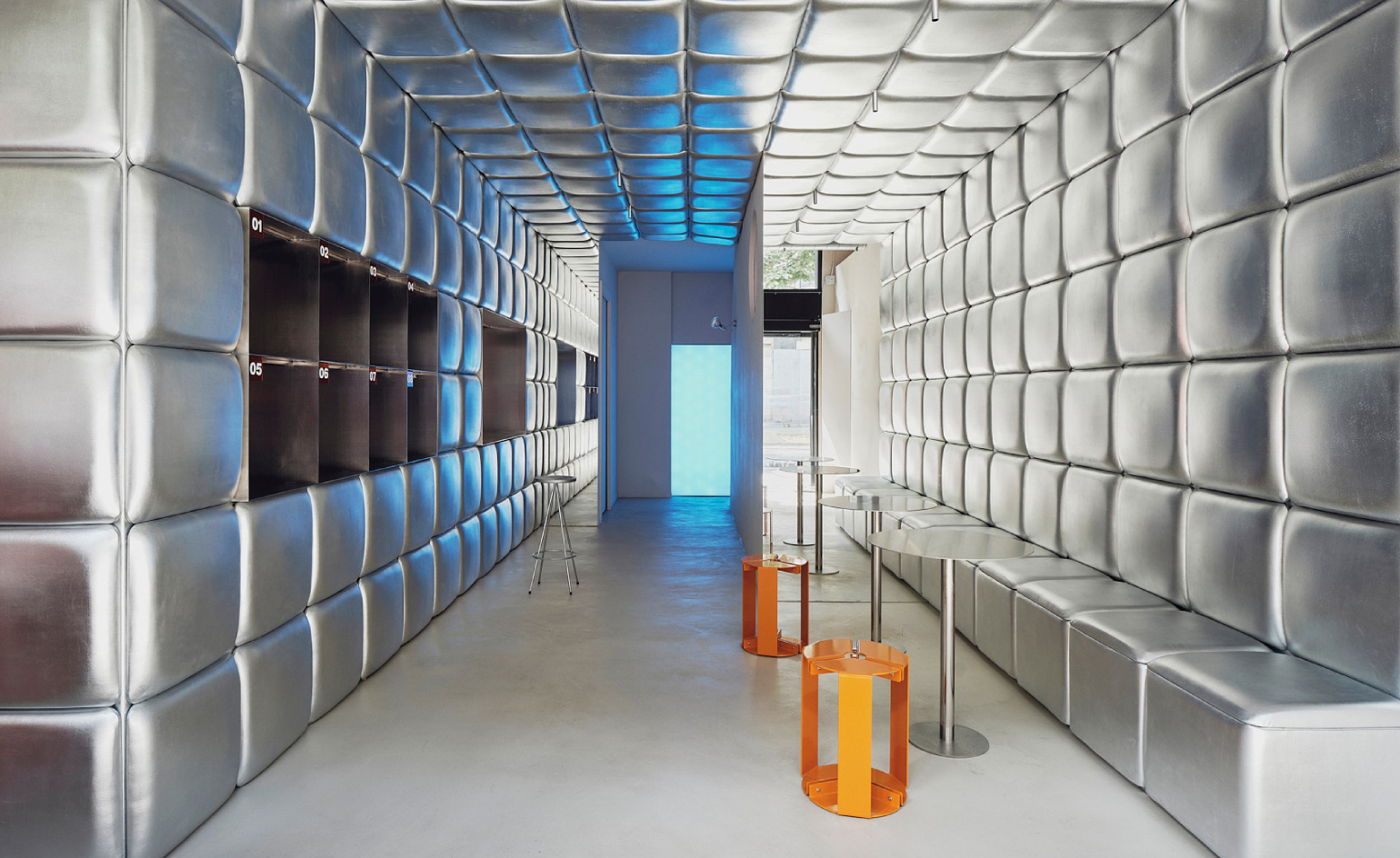 Enter a metallic, maximalist playground for pasta lovers in Barcelona
Enter a metallic, maximalist playground for pasta lovers in BarcelonaRelleno’s first flagship restaurant pushes casual dining into a chrome-lined future, wrapping guests in a sculptural grid that riffs on the geometry of filled pasta
-
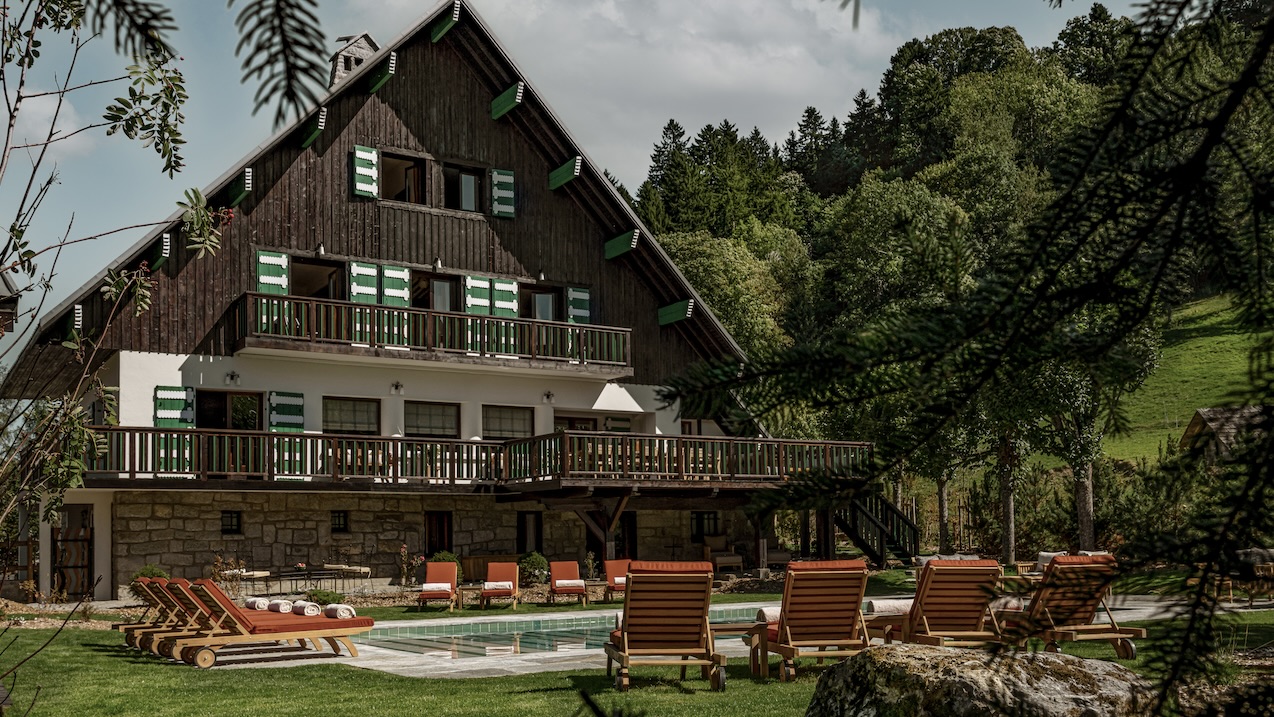 This Alpine chalet rejects the ‘modern ski’ aesthetic to embrace art deco
This Alpine chalet rejects the ‘modern ski’ aesthetic to embrace art decoOriginally designed by architect Henry Jacques Le Même, a key figure in shaping the Alpine style, Le Sarto in Megève, France, has been captivatingly transformed by interior architecture studio Claves
-
 How Costanza Vallese distilled Fendi's codes into a collection of furniture for Design Miami
How Costanza Vallese distilled Fendi's codes into a collection of furniture for Design MiamiConstanza Vallese’s lily-studded salon for Fendi at Design Miami 2025 (2-7 December) celebrates legacy, creativity and craftsmanship through five artisanal collaborations
-
 From Bauhaus to outhouse: Walter Gropius’ Massachusetts home seeks a design for a new public toilet
From Bauhaus to outhouse: Walter Gropius’ Massachusetts home seeks a design for a new public toiletFor years, visitors to the Gropius House had to contend with an outdoor porta loo. A new architecture competition is betting the design community is flush with solutions
-
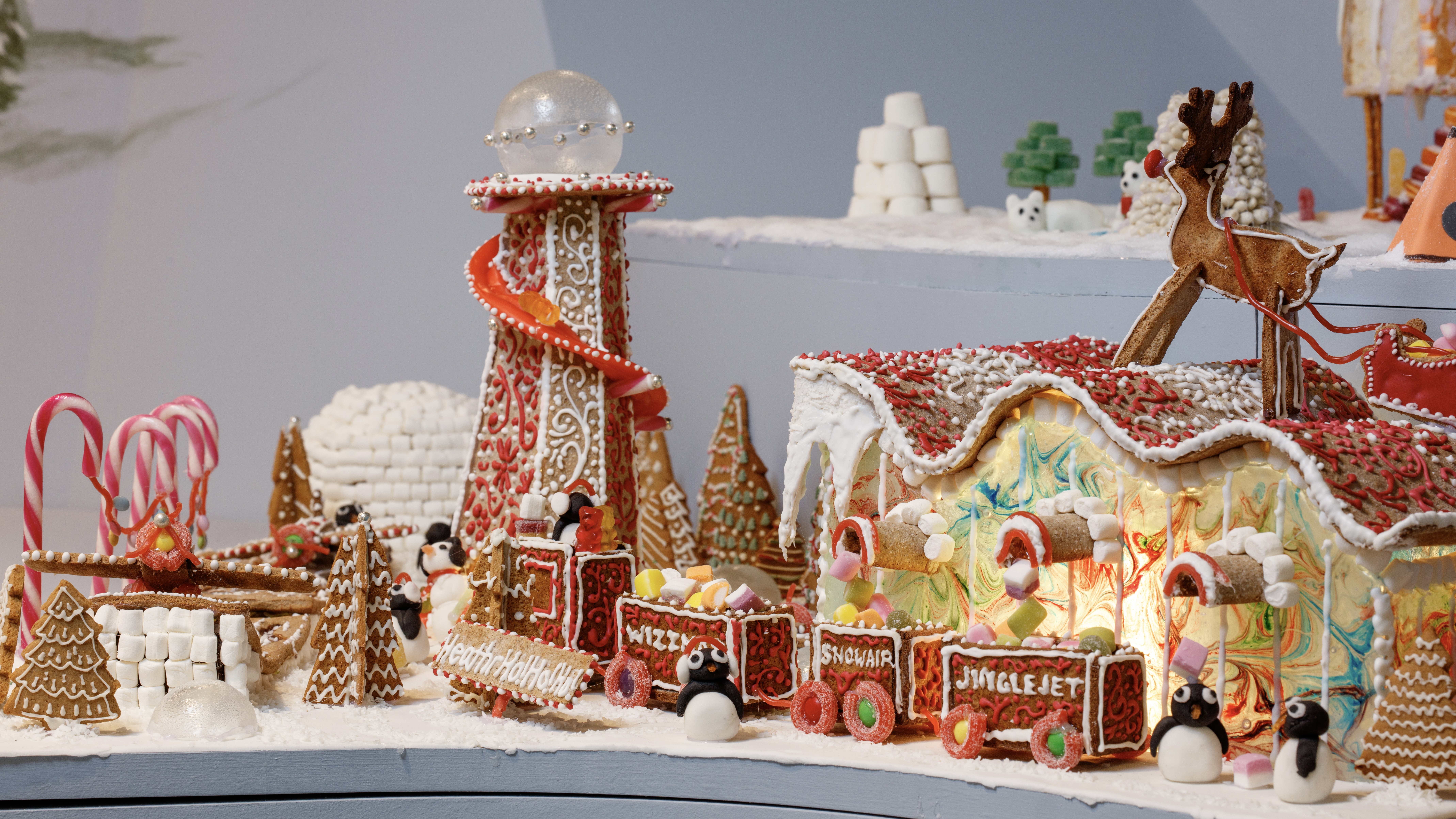 Welcome to The Gingerbread City – a baked metropolis exploring the idea of urban ‘play’
Welcome to The Gingerbread City – a baked metropolis exploring the idea of urban ‘play’The Museum of Architecture’s annual exhibition challenges professionals to construct an imaginary, interactive city entirely out of gingerbread
-
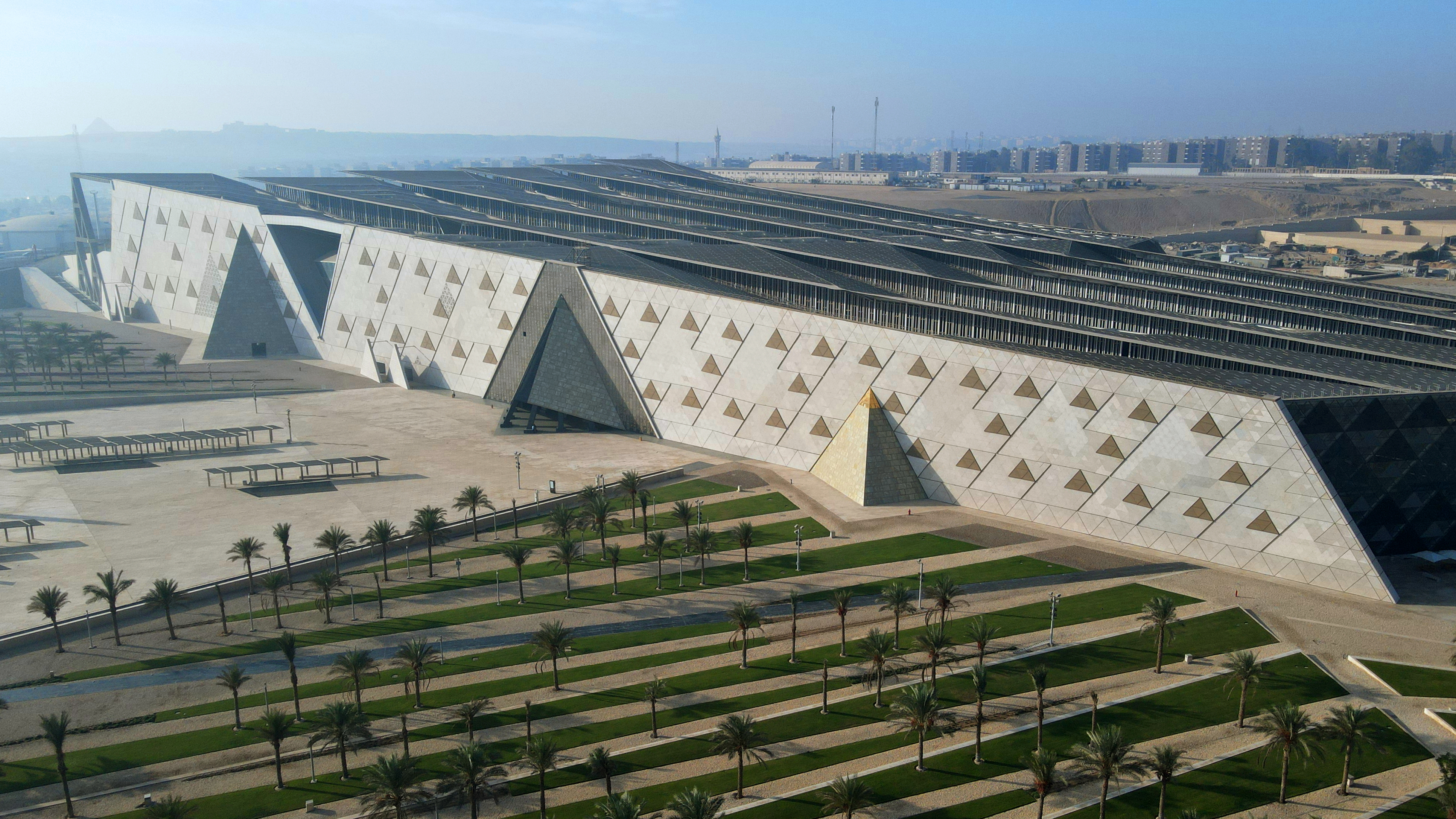 The Grand Egyptian Museum – a monumental tribute to one of humanity’s most captivating civilisations – is now complete
The Grand Egyptian Museum – a monumental tribute to one of humanity’s most captivating civilisations – is now completeDesigned by Heneghan Peng Architects, the museum stands as an architectural link between past and present on the timeless sands of Giza
-
 Doshi Retreat at the Vitra Campus is both a ‘first’ and a ‘last’ for the great Balkrishna Doshi
Doshi Retreat at the Vitra Campus is both a ‘first’ and a ‘last’ for the great Balkrishna DoshiDoshi Retreat opens at the Vitra campus, honouring the Indian modernist’s enduring legacy and joining the Swiss design company’s existing, fascinating collection of pavilions, displays and gardens
-
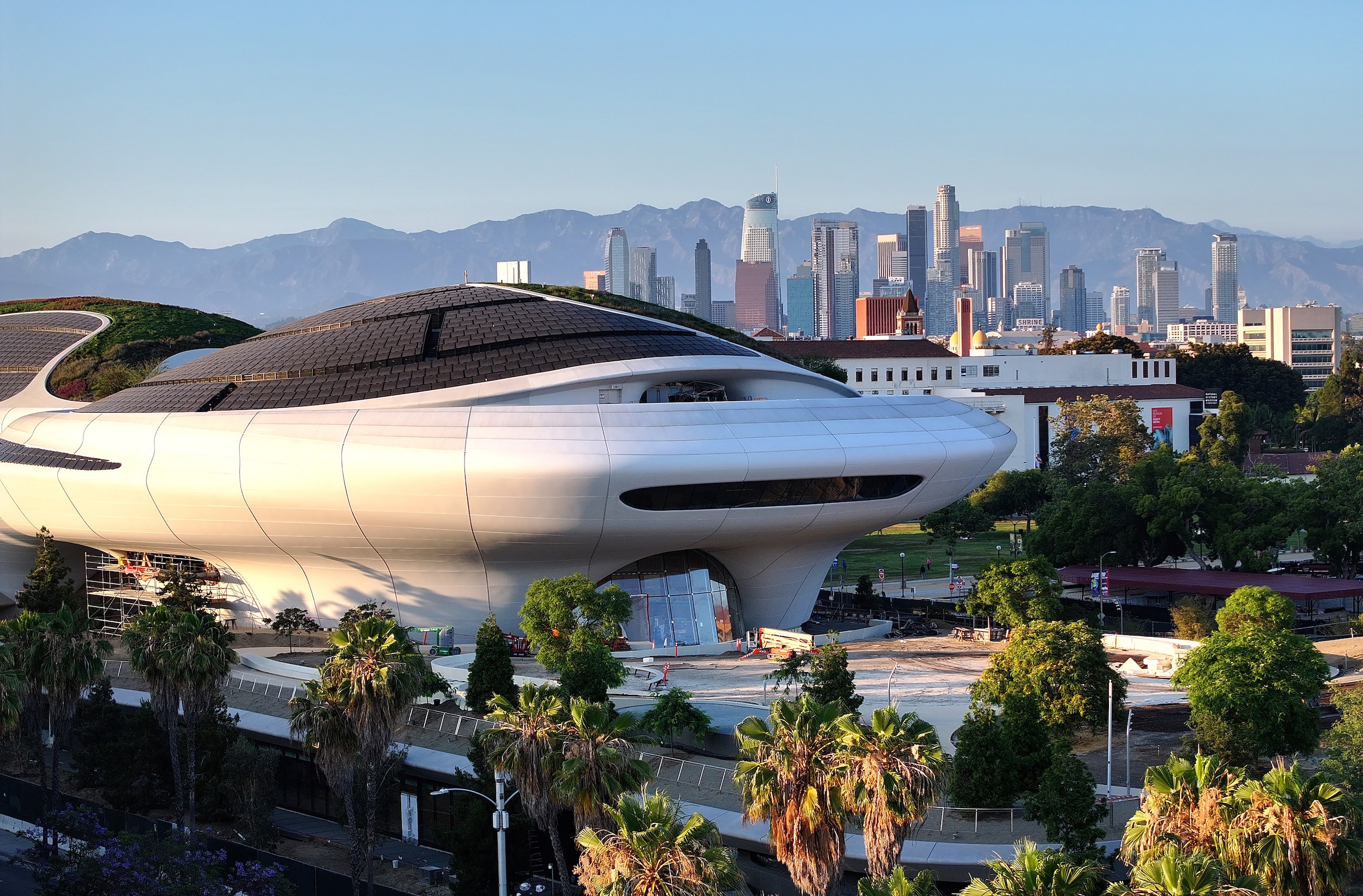 George Lucas’ otherworldly Los Angeles museum is almost finished. Here’s a sneak peek
George Lucas’ otherworldly Los Angeles museum is almost finished. Here’s a sneak peekArchitect Ma Yansong walks us through the design of the $1 billion Lucas Museum of Narrative Art, set to open early next year
-
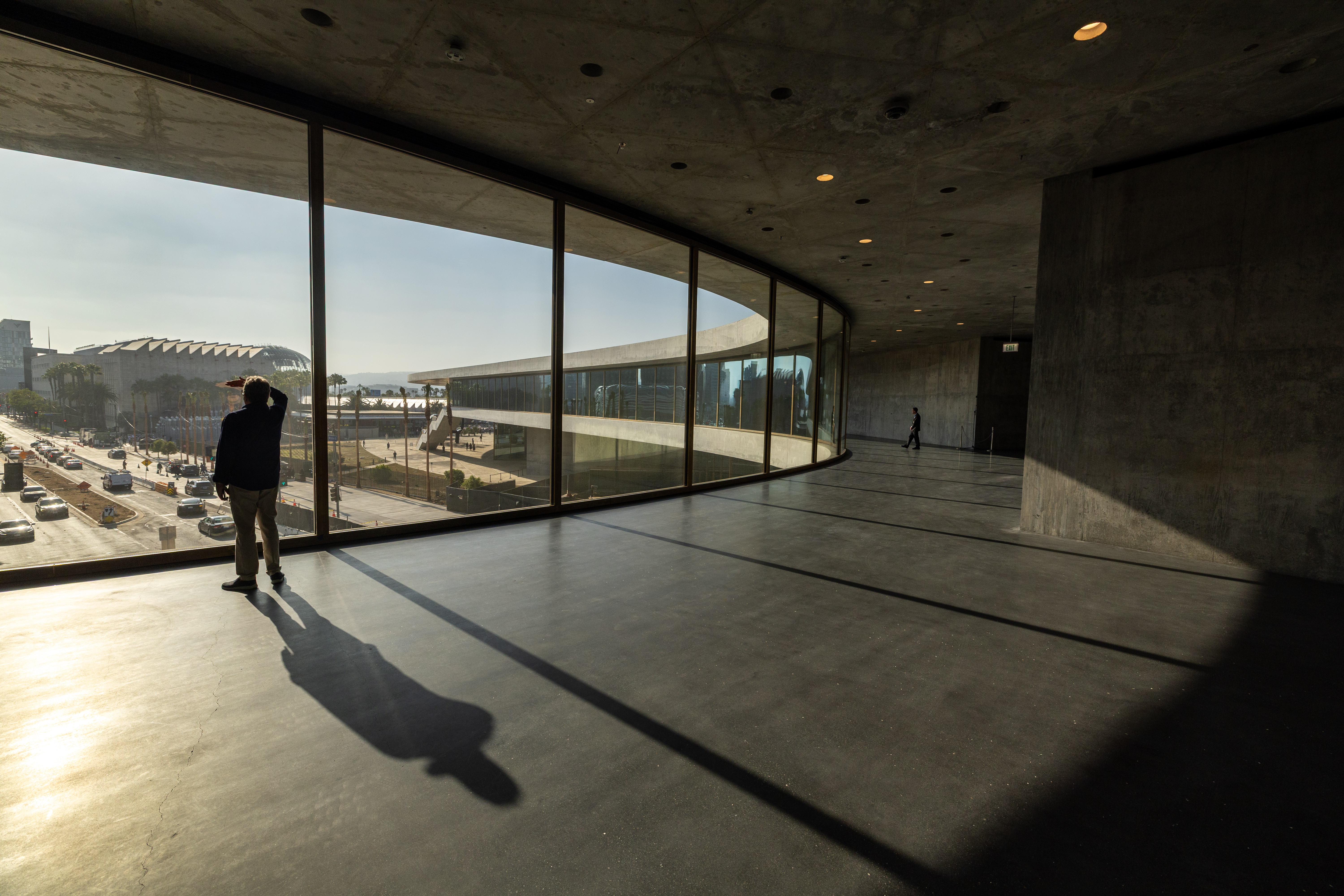 The great American museum boom
The great American museum boomNine of the world’s top ten most expensive, recently announced cultural projects are in the US. What is driving this investment, and is this statistic sustainable?
-
 A guide to modernism’s most influential architects
A guide to modernism’s most influential architectsFrom Bauhaus and brutalism to California and midcentury, these are the architects who shaped modernist architecture in the 20th century
-
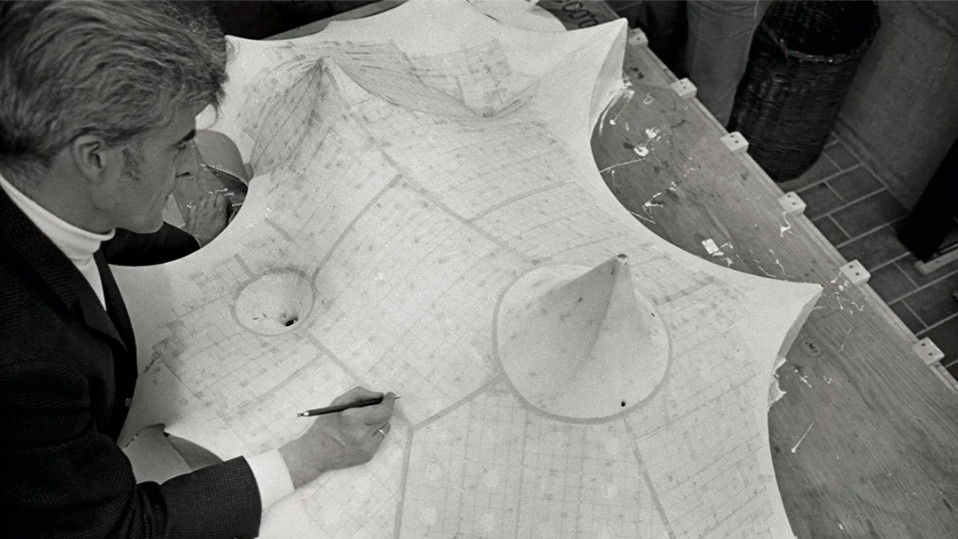 A new book delves into Frei Otto’s obsession with creating ultra-light architecture
A new book delves into Frei Otto’s obsession with creating ultra-light architecture‘Frei Otto: Building with Nature’ traces the life and work of the German architect and engineer, a pioneer of high-tech design and organic structures